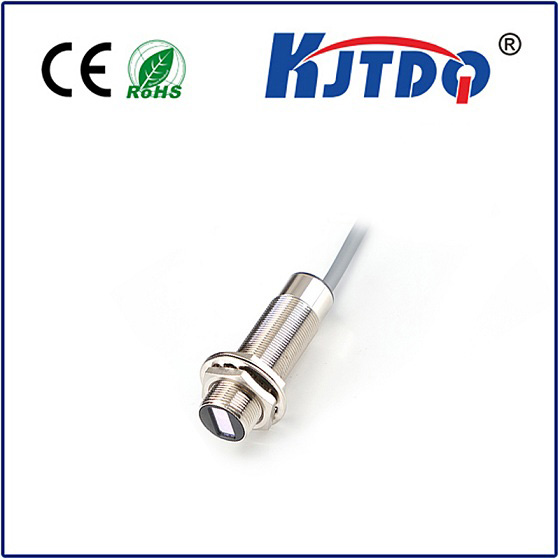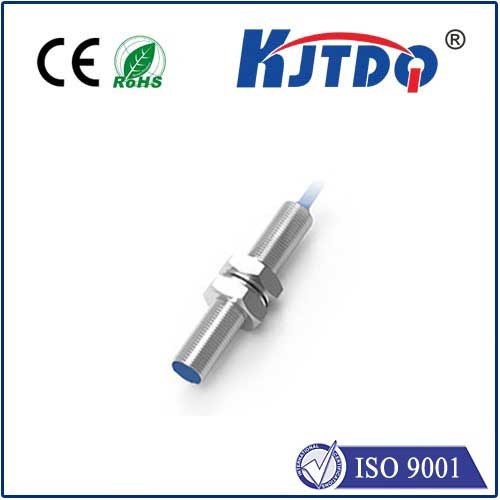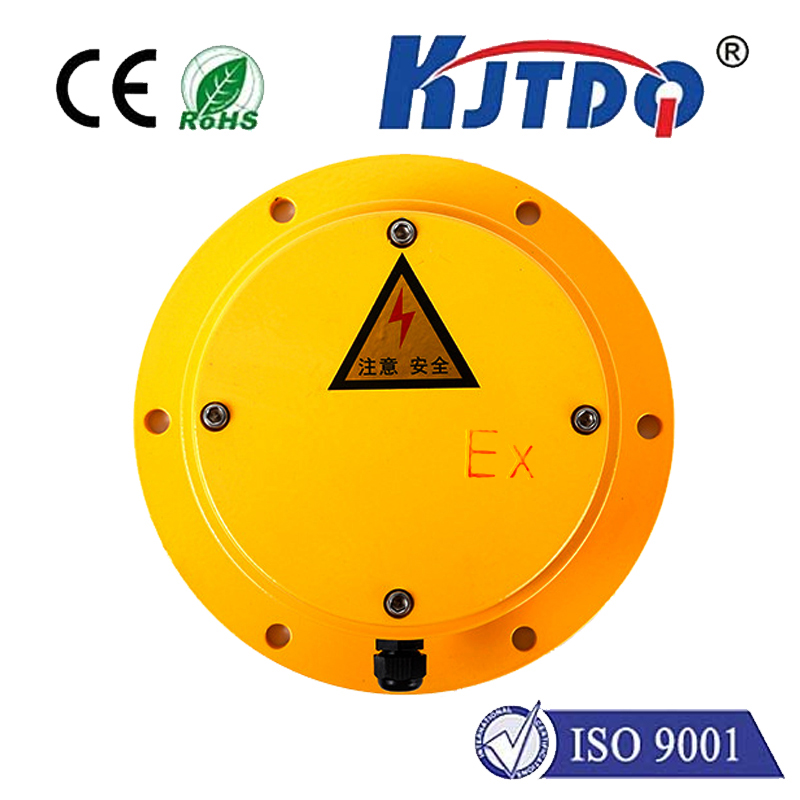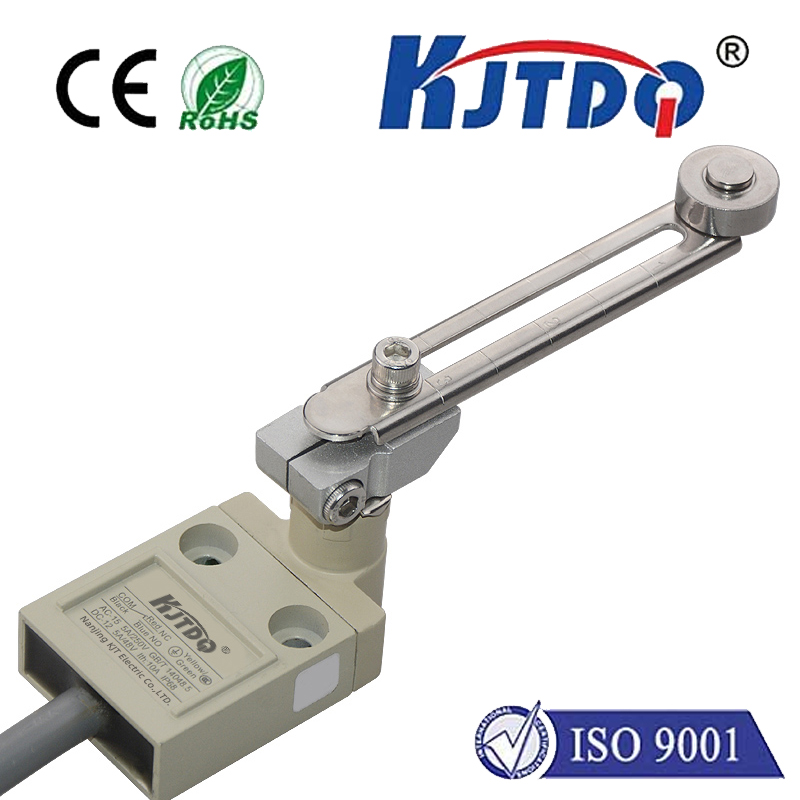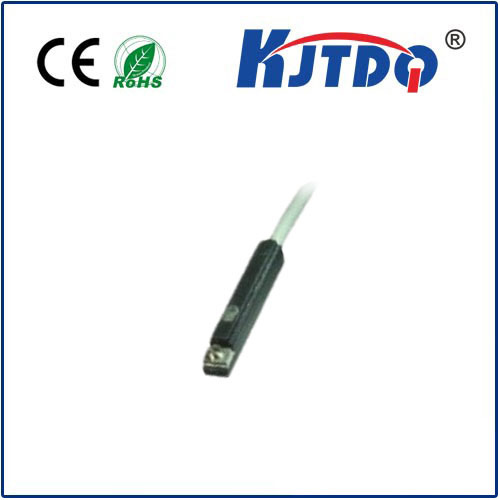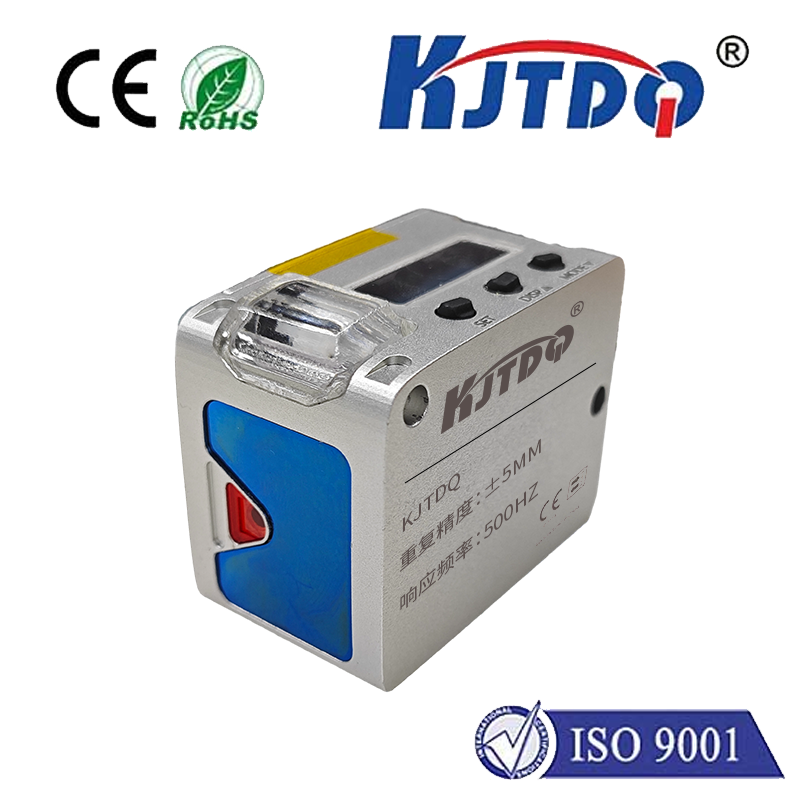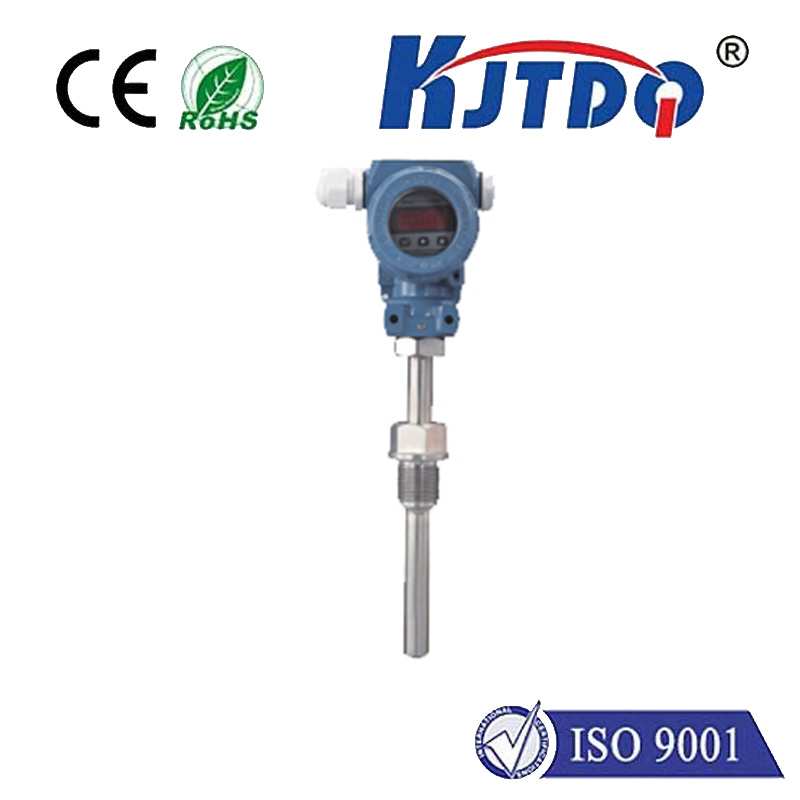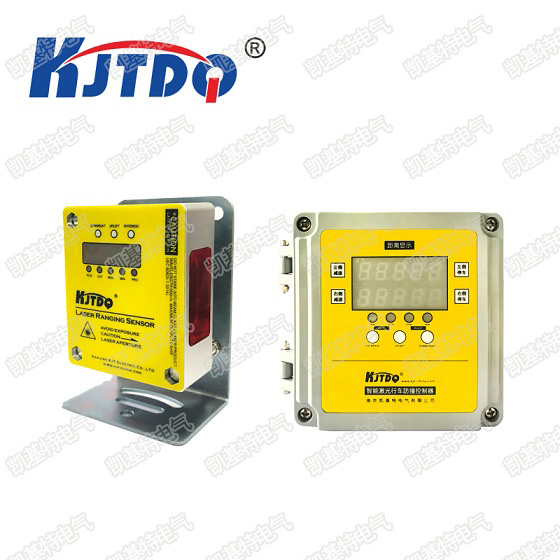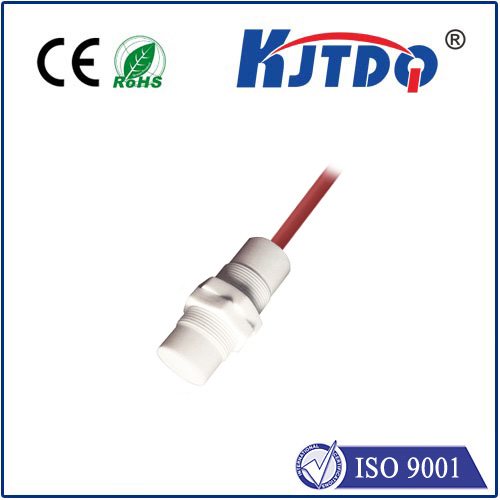magnetic proximity sensor price
- time:2025-07-14 14:35:56
- Click:0
Magnetic Proximity Sensor Price Guide: Understanding Costs & Making Smart Investments
They’re the silent sentinels of modern machinery, ensuring safety, enabling automation, and counting revolutions without breaking a sweat. Magnetic proximity sensors, ubiquitous yet often overlooked, play a pivotal role in countless industrial and consumer applications. But when it comes time to procure them, the inevitable question arises: “What’s the price?” Understanding the factors that drive magnetic proximity sensor price is crucial not just for budgeting, but for making truly informed purchasing decisions that balance cost with performance and longevity.
The seemingly simple answer – “it depends” – is actually very accurate. Magnetic proximity sensor price isn’t dictated by a single factor but by a complex interplay of technology, robustness, application demands, and market forces. Grasping these variables empowers buyers to find the optimal sensor for their specific needs without overpaying for unnecessary features or, conversely, sacrificing critical reliability for a lower upfront cost.
Core Technology: The Foundation of Cost
At their heart, these sensors detect the presence of a magnetic field, typically generated by a separate permanent magnet. The primary technologies used significantly impact the baseline magnetic proximity sensor price:
- Reed Switches: The oldest and often the most economical option. These consist of two ferromagnetic reeds enclosed in a glass tube. A magnetic field causes the reeds to flex and touch, completing a circuit. Their appeal lies in simplicity, low power consumption (passive operation), and low initial price.
- Cost Factors: Generally offer the lowest entry point. However, limitations like limited switching cycles, susceptibility to shock/vibration, slower response times, and lower maximum current/voltage ratings can make them unsuitable for demanding applications, potentially increasing lifecycle costs.
- Hall Effect Sensors: The dominant technology today. These solid-state devices generate a voltage (Hall voltage) proportional to the strength and polarity of an applied magnetic field. Integrated electronics then process this signal into a clean digital (on/off) or analog output. They offer higher reliability, faster switching speeds, virtually unlimited operating cycles, and better resistance to shock and vibration.
- Cost Factors: The integrated circuitry and semiconductor fabrication process inherently make Hall effect sensors more expensive than basic reed switches. However, their robustness, precision, and longevity often provide better overall value for industrial applications. Features like programmability or analog output will push the price higher.
Sensing Range and Configuration: Distance Matters
How far away can the sensor reliably detect the magnet? Required sensing distance is a major price driver. Sensors designed for very small air gaps (e.g., 1-3 mm) are typically less expensive than those engineered for larger ranges (e.g., 10-30 mm or more). Achieving longer ranges often requires more powerful sensing elements, optimized magnetic circuit design, or more sensitive electronics, all adding to the proximity sensor cost. Additionally, the choice between shielded (flush-mountable) and unshielded (require more side clearance) designs influences price, with shielded versions often commanding a slight premium due to more complex internal construction.
Output Type and Electrical Characteristics: Connecting the Dots
The type of electrical signal the sensor emits directly impacts its price:
- Discrete Outputs (On/Off): The most common and generally most affordable option. Within this category:
- NPN vs. PNP: While fundamental to circuit design, these transistor output types themselves have negligible price difference within a given series from a manufacturer.
- Voltage Ratings: Sensors capable of handling higher voltages (e.g., 250V AC/DC) often cost slightly more than those rated for lower voltages (e.g., 30V DC).
- Current Ratings: Higher switching current capacity generally increases proximity sensor cost.
- Analog Outputs (e.g., 4-20mA, 0-10V): Provide a continuous signal proportional to the distance to the magnet. These add significant cost due to the more complex circuitry required for precision analog signal conditioning and amplification.
- IO-Link: Intelligent sensors featuring this digital communication protocol offer advanced diagnostics, parameterization, and integration benefits but come at a substantial premium over standard discrete sensors. The magnetic proximity sensor price reflects this added intelligence and connectivity.
Robustness and Environmental Protection: Paying for Toughness
Where will the sensor live? Harsh environments demand rugged construction:
- Housing Material: Standard plastic housings are cost-effective. Sensors requiring metal housings (stainless steel, brass, nickel-plated brass) for superior chemical resistance, EMI shielding, or extreme mechanical durability will be significantly more expensive. The physical size and machining complexity also factor in.
- Ingress Protection (IP Rating): Resistance to dust and water is critical in many settings. A basic IP67 rating (dust-tight and withstands temporary immersion) is common and doesn’t drastically inflate price unless combined with other features. Achieving higher ratings like IP68 (continuous submersion) or IP69K (high-pressure/high-temperature washdown) requires specialized sealing techniques and materials, increasing the magnetic proximity sensor price considerably.
- Temperature Range: Standard sensors typically operate from -25°C to +70°C. Sensors engineered for extreme cold (-40°C or below) or high heat (+85°C, +100°C, or above) require special components and testing, pushing costs higher. Automotive-grade sensors also command a premium.
- Certifications: Compliance with international standards (CE, UL, CSA) or specific industry requirements (e.g., ATEX for explosive atmospheres, marine certifications) involves rigorous testing and documentation, inevitably adding to the final proximity sensor cost.
Manufacturer, Volume, and Supply Chain
- Brand Reputation & Quality: Established global brands (e.g., Omron, Sick, Pepperl+Fuchs, Balluff, IFM) command higher prices based on proven reliability, global support networks, extensive R&D, and stringent quality control. Lesser-known brands or generic alternatives often offer lower magnetic proximity sensor price points but may vary significantly in quality, consistency, and longevity. Buyer beware: a cheap sensor failing prematurely can cost far more in downtime and replacement than a reliable brand.
- Purchase Volume: Like most industrial components, significant discounts are typically available for large batch orders compared to buying single units. Distributors may also offer tiered pricing.
- Supplier Markup: Buying directly from the manufacturer is often less common. Distributors and resellers add their markup. Comparing quotes from multiple authorized distributors is wise. Be mindful of very low prices from unofficial sources, which might indicate counterfeits.
Typical Price Range: A Rough Landscape
Given the vast array of options, pinning down an exact magnetic proximity sensor price is impossible. However, indicative ranges exist:
- Basic Reed Sensors: Can start as low as \(1-\)5 USD per unit (especially in bulk) for very simple, short-range variants.
- Standard Hall Effect Sensors (Discrete Output, Plastic Housing, IP67, Short-Medium Range): This is the most common category. Expect prices typically in the \(10 to \)50 USD range per unit. Factors like longer range, higher current rating, or a metal housing might push them towards the higher end of this bracket.
- Industrial-Grade Hall Effect Sensors (Metal Housing, Higher IP, Longer Range, Enhanced Features): Prices readily climb into the \(50 to \)150+ USD range. Sensors with analog outputs, IO-Link, or specialized certifications (ATEX) can easily reach \(150 to \)300+ USD per unit.
Making Smart Purchasing Decisions: Beyond the Price Tag
Focusing solely on the lowest magnetic proximity sensor price can be











